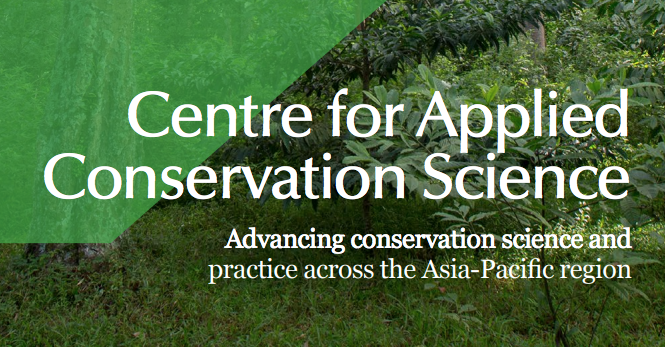This is a big week for the Centre of Applied Conservation Science!
Conservation International members are in Adelaide to hold their AGM ahead of the launch of the centre at Union House, North Terrace Campus this Friday.
PhD candidate Jarrod Hodgson, who is a researcher at the Unmanned Research Aircraft Facility gave us a preview of the talk he will give at the launch:
Ecologists are increasingly using technology to improve the quality of data collected on wildlife, particularly for assessing the environmental impacts of human activities. Remotely Piloted Aircraft (RPA), commonly known as drones, are widely touted as a cost‑effective way to collect high quality wildlife population data, however, the validity of these claims is unclear. So, Jarrod Hodgson, a member of the Centre for Applied Conservation Science, gathered a flock of researchers from the University of Adelaide, Monash University and the Australian Antarctic Division, and #EpicDuckChallenge took flight.
Using life-sized seabird colonies containing a known number of replica birds, the team assessed the accuracy of drone‑facilitated wildlife population monitoring in comparison with the traditional ground-based counting method. The results show that drone-derived data are, on average, between 43% and 96% more accurate than the traditional ground-based collection method. We also demonstrated that counts from this remotely sensed imagery can be semi-automated using computer vision techniques.
Jarrod will present a suite of results from this project, and discuss the benefits of using a technique with increased accuracy for managing wildlife populations.
See Jarrod’s talk, DEWNR representatives, Prof Sean Connell and Phil Weinstein and the Director of Applied Conservation Science Prof Lian Pin Koh talks in the full program.
Reserve your place at the Launch through Eventbrite


